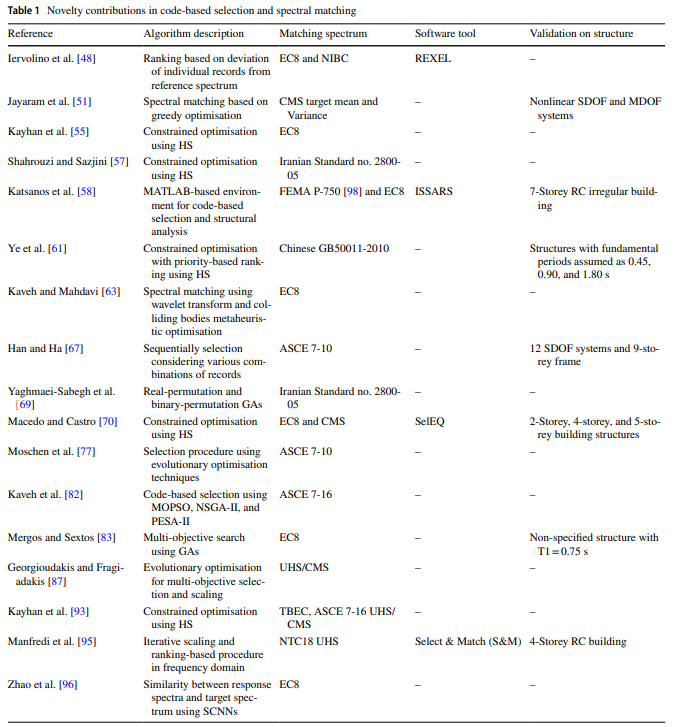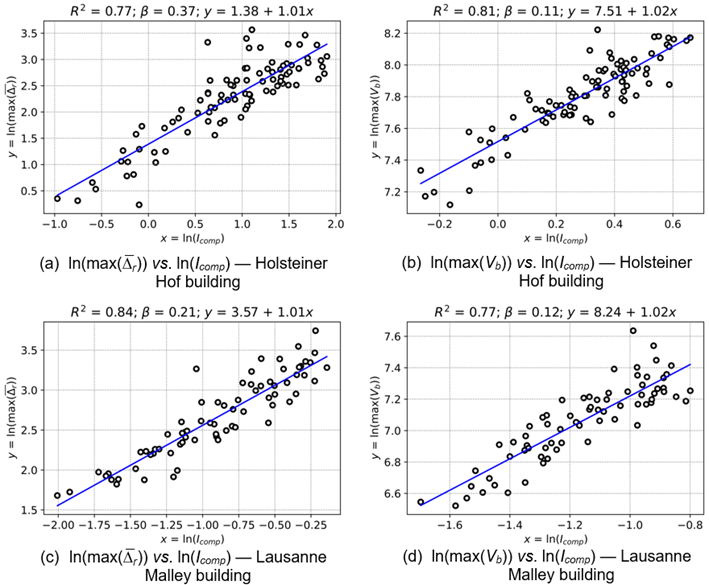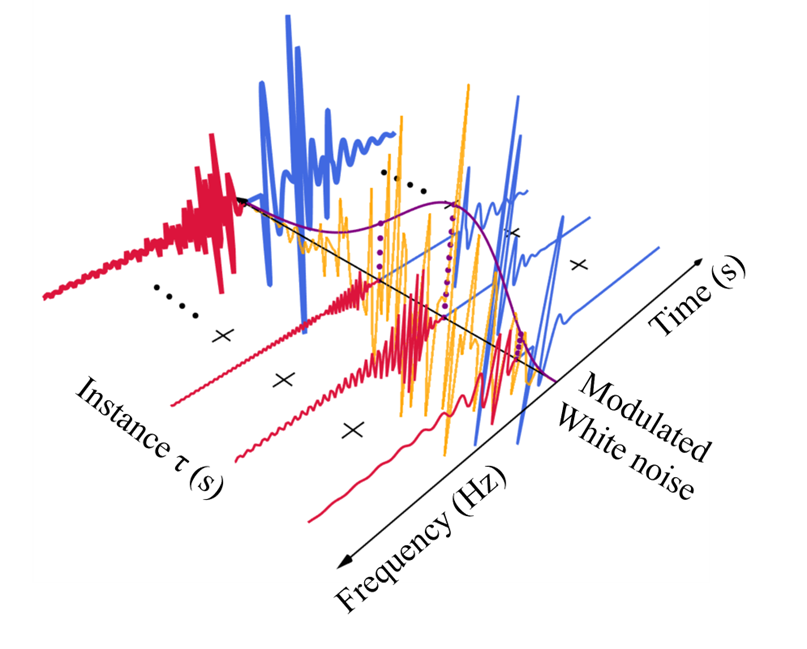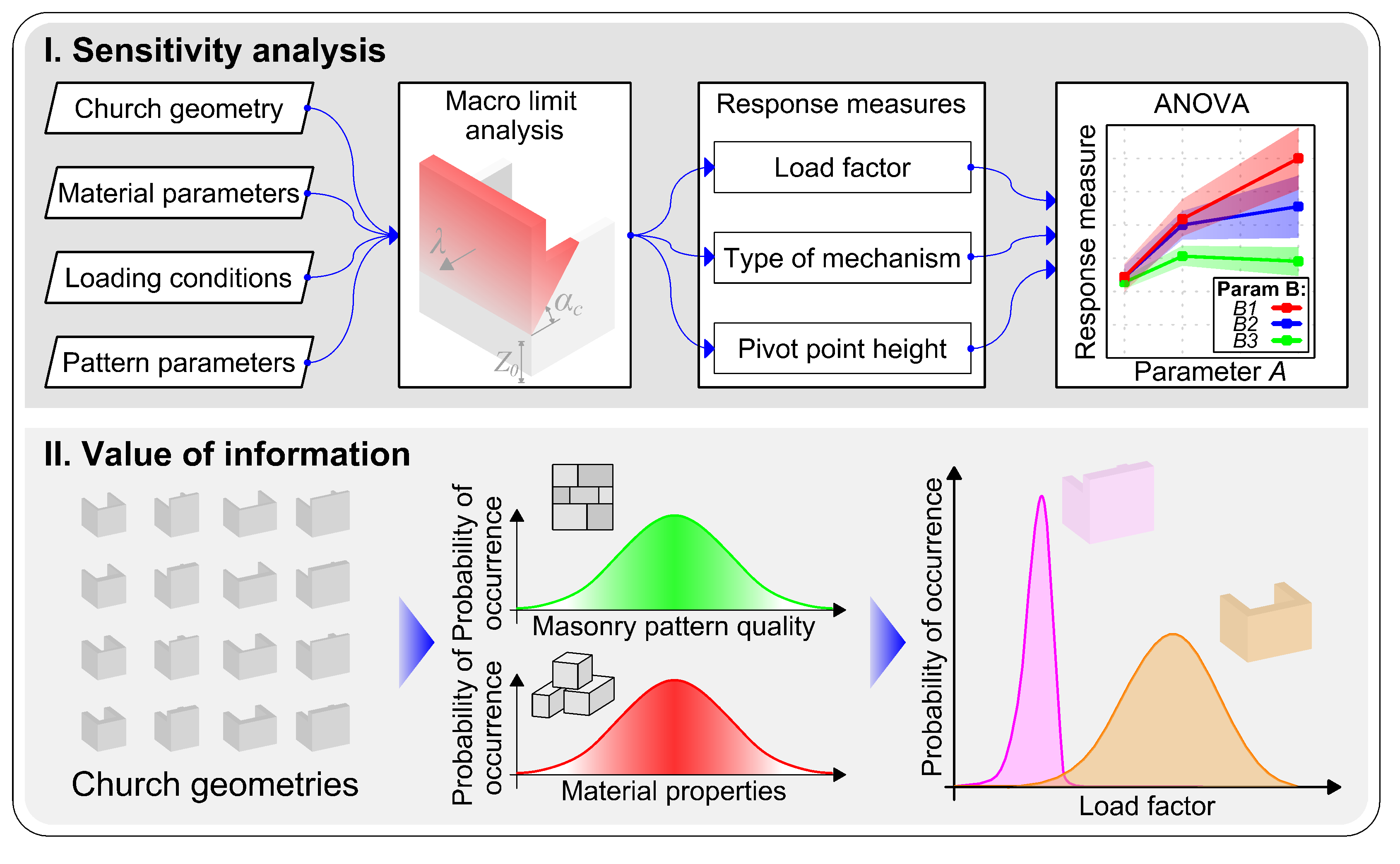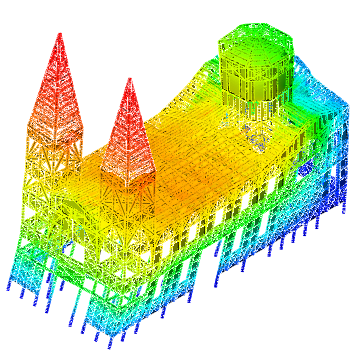Selection and scaling of ground motion records have been recognised as one of the major sources of bias and uncertainty in the seismic assessment of civil engineering structures. This review paper provides a comprehensive description from a critical point of view of the scaling and selection approaches of earthquake motions for structural engineering applications, emphasising works conducted in the last decade. The outline of content within this review is organised as follows: (1) Earlier works (research done before 2010); (2) Code-based selection and spectral matching; (3) Probabilistic assessment based on intensity measures; and (4) Use of simulated signals as an alternative to ground motion selection and scaling. The aim of this paper is to provide a wide understanding of current research on the scaling and selection of earthquake motions for structural engineering applications; therefore, it may serve as a suitable reference in forthcoming investigations.
